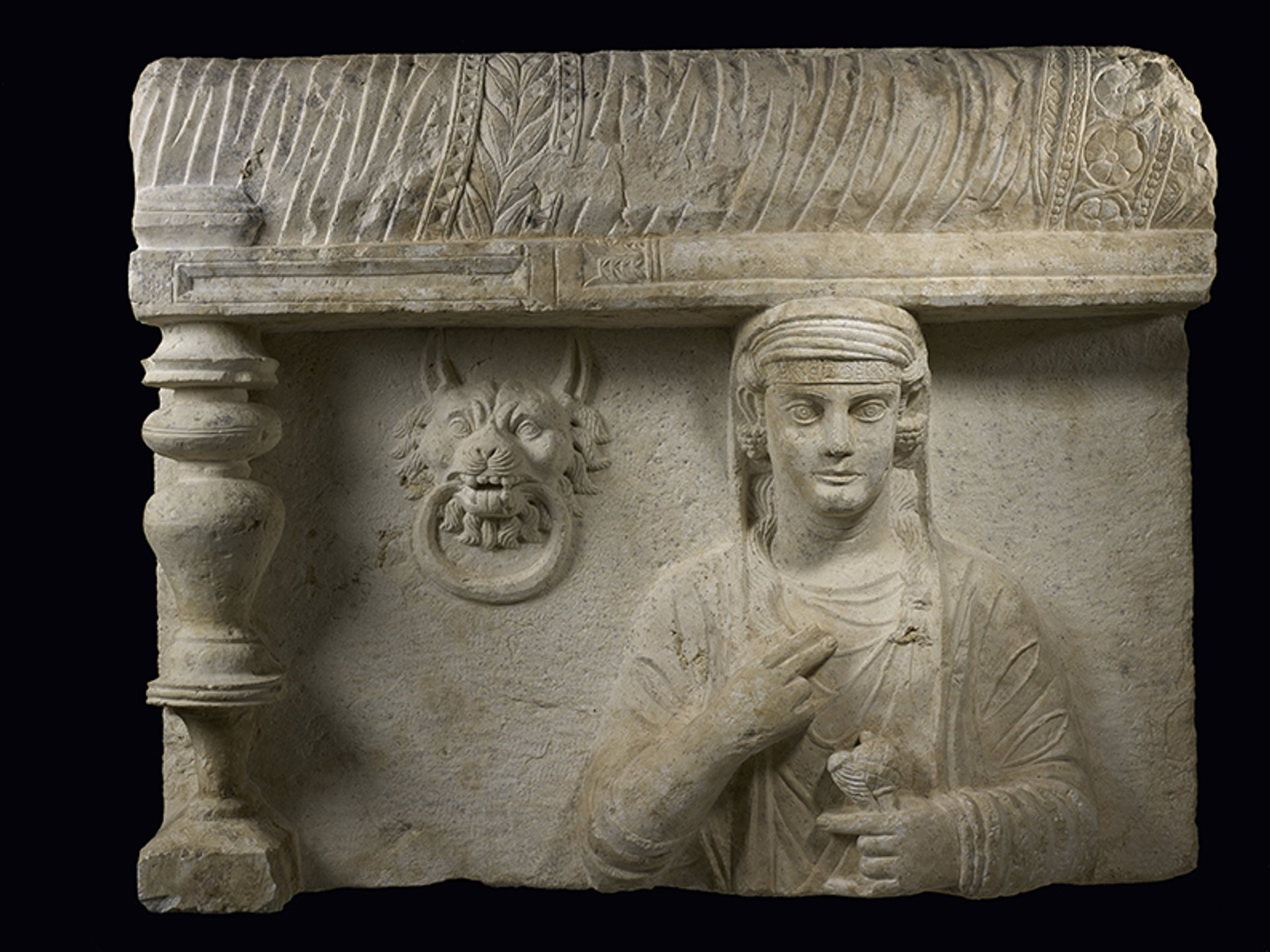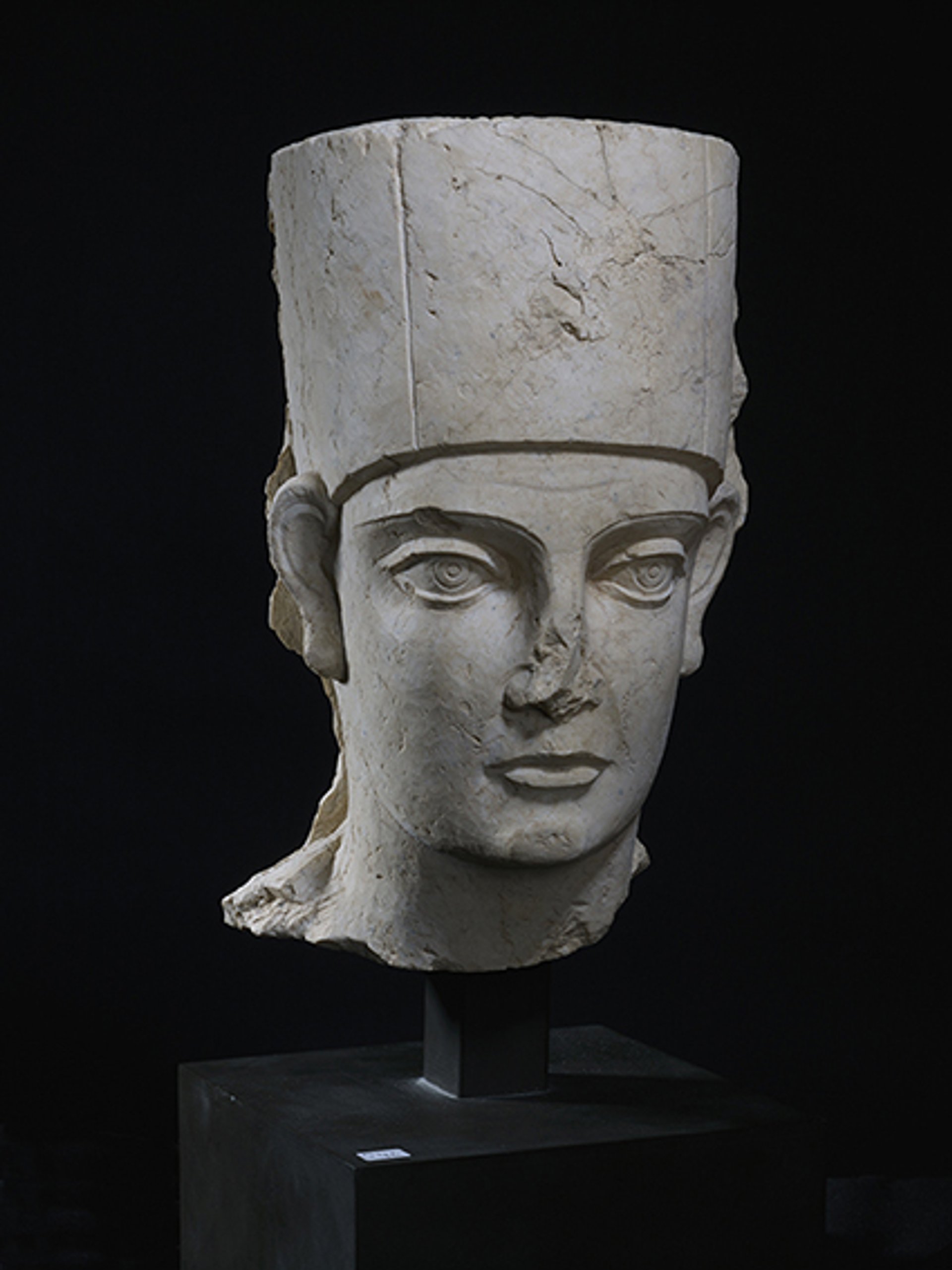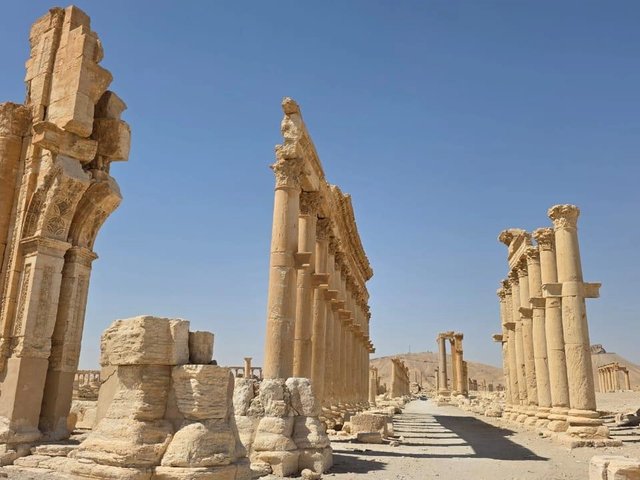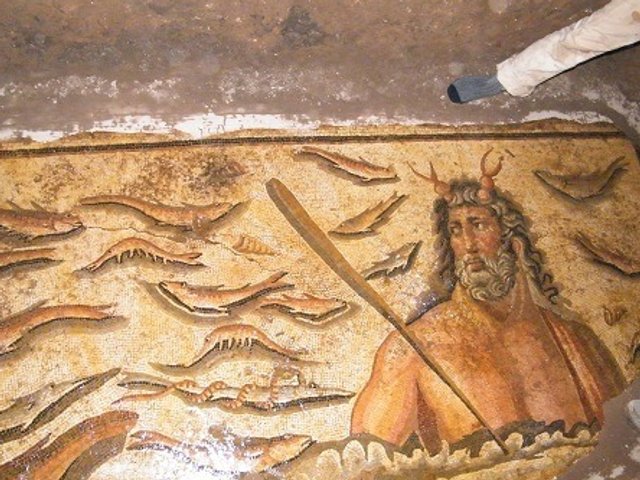Three sculptures looted from the ancient city of Palmyra and seized by Swiss customs officers in the Geneva freeport have been returned to Syria’s permanent mission at the United Nations.
The sculptures dating from the second or third century were smuggled into Switzerland in 2009 or 2010, before the outbreak of the Syrian war. Customs officers discovered them, along with one looted piece from Libya and five from Yemen, during a routine check at the freeport in 2013.
The nine antiquities were exhibited at the Musée d’art et d’histoire in Geneva in 2017 to raise awareness of the damage caused by the illegal antiquities trade and of the legal instruments available to combat it. The Palmyra works are two limestone funerary reliefs and the head of a priest, which was badly damaged by the looters who removed it from the site.

Funerary relief representing a female portrait. Syria, Palmyra (first half of the second century) © MAH, photo: F. Bevilacqua
“In the absence of known archaeological context, we are reduced to developing hypotheses about which monument this head came from and the place it occupied there,” the museum said in a statement.
Syria claimed the three Palmyra sculptures at a Geneva tribunal in 2020 and they were delivered to the Syrian ambassador to the United Nations on 18 November, according to a statement from the Syrian government and the Musée d’art et d’histoire. They had been stored at the museum for safekeeping and will eventually return to Syria.

Head of a priest (second-third century) © MAH, photo : B. Jacot-Descombes
Palmyra was inscribed on the Unesco World Heritage list in 1980 and has been on the list of World Heritage in Danger since 2013. It suffered severe damage at the hands of Isis in 2015.





